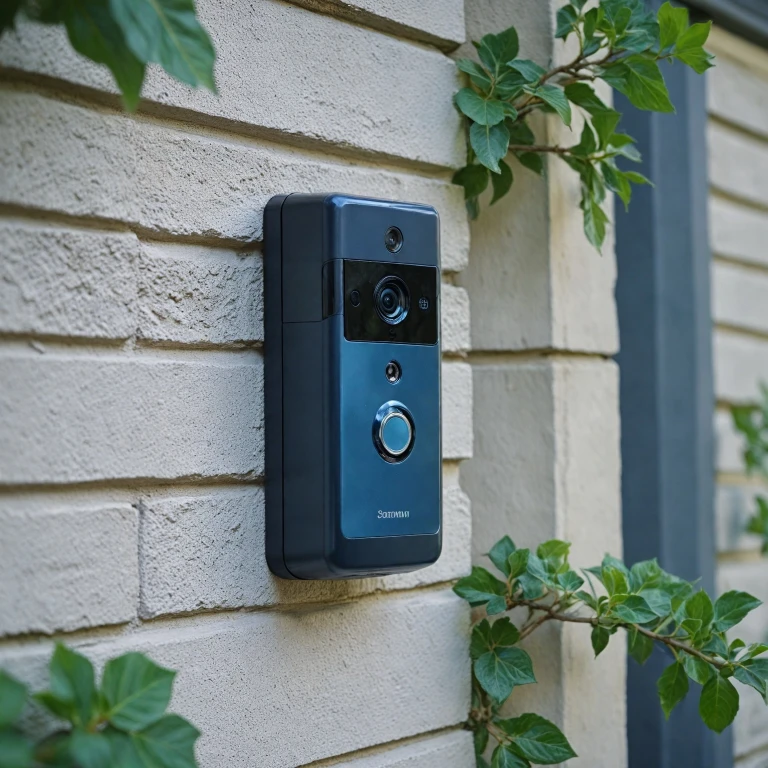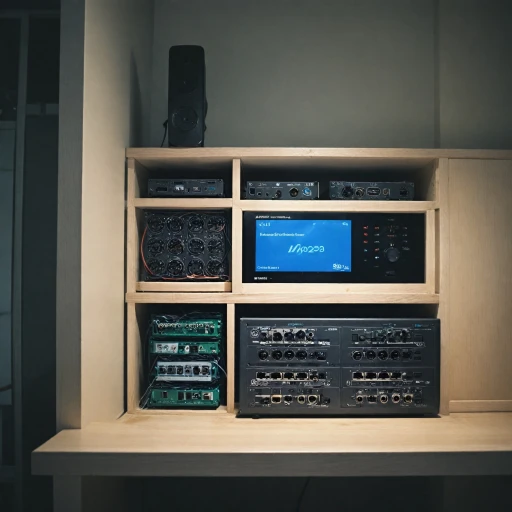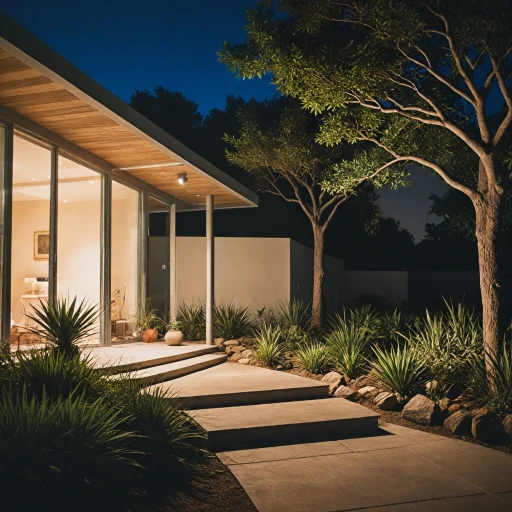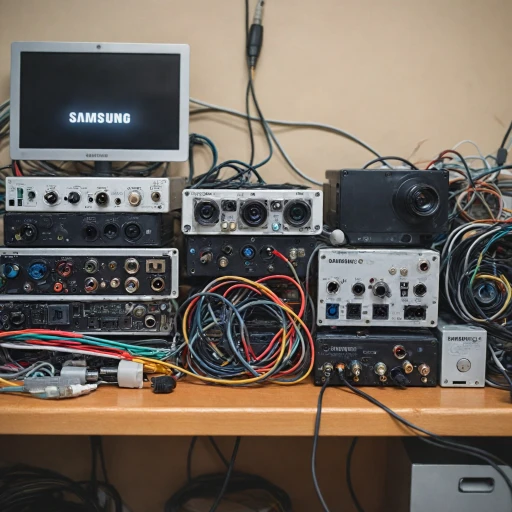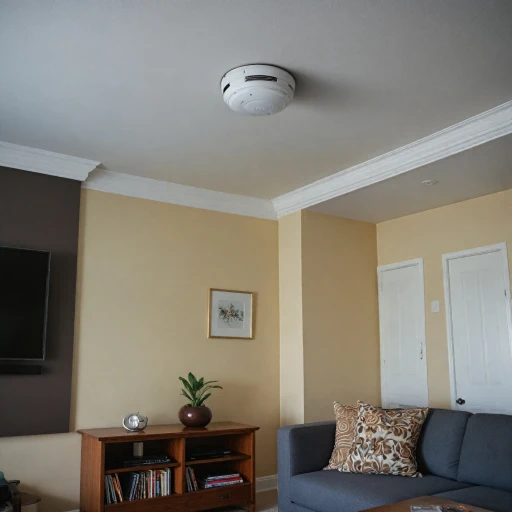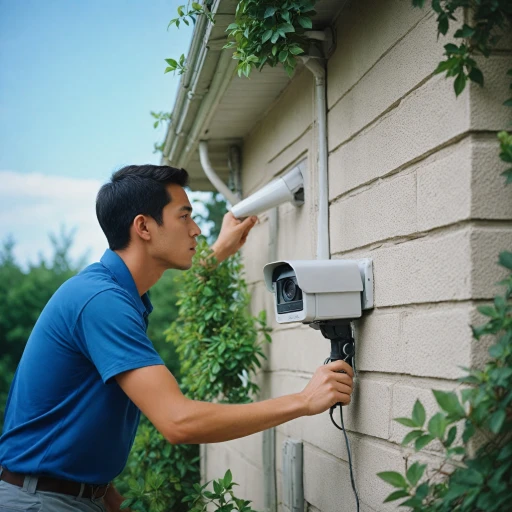
Understanding Non-WiFi Doorbell Cameras
Introduction to Standalone Doorbell Cameras
Understanding the intricacies of non-WiFi doorbell cameras can be a crucial step in fortifying your home security. These devices function independently of internet connections and provide a unique alternative to their WiFi-dependent counterparts. Battery-powered and wired variants exist, catering to different user needs. Rather than rely on real-time internet connectivity, they often utilize local storage options like a microSD card. This ensures that the captured video footage remains housed within the device, offering privacy and independence from the cloud storage systems that many WiFi models employ. One advantage of using a doorbell camera that doesn't require WiFi is the assurance of security even during internet outages. With this setup, you can rest easy knowing your security camera will continue to record video, capturing any activity around your door. For those keen on exploring options that maximize independence from internet and power sources, integrating a battery powered security system can be an excellent choice. A detailed exploration of different systems, including enhancing home security with battery powered motion sensor lights, can guide your decision-making process. These non-WiFi devices operate without the additional complexities of setting up wireless networks, allowing you to focus on core security functionalities that truly matter. While there are certainly benefits to this approach, it's essential to weigh them against the challenges, ensuring you select the best doorbell cameras to meet your specific needs.Benefits of Using a Doorbell Camera Without WiFi
Advantages of Non-WiFi Doorbell Cameras
In a world where connectivity is king, opting for a doorbell camera that operates without WiFi might seem counterintuitive. However, there are several compelling reasons to consider this option for your home security needs.
Enhanced Privacy and Security
One of the primary benefits of using a doorbell camera without WiFi is the enhanced privacy it offers. Without an internet connection, there's no risk of your video footage being intercepted or hacked via the cloud. This ensures that your security camera footage remains private and secure, stored locally on a microSD card or other local storage options.
Reliable Performance
Non-WiFi doorbell cameras often provide more reliable performance in areas with poor or no internet connectivity. Whether you're in a remote location or simply have an unreliable internet connection, these cameras work independently of WiFi, ensuring continuous operation. This can be particularly beneficial for rural homes or areas where internet service is spotty.
Cost-Effective Solution
By choosing a doorbell camera that doesn't rely on WiFi, you can avoid monthly fees associated with cloud storage or subscription-based services. This makes non-WiFi doorbell cameras a cost-effective solution for those looking to enhance their home security without incurring ongoing expenses.
Battery and Wired Options
Non-WiFi doorbell cameras come in both battery-powered and wired models, offering flexibility in installation. Battery-powered options provide easy installation without the need for complex wiring, while wired models ensure a constant power supply, eliminating the need for frequent battery changes.
For those interested in further enhancing their home security, consider integrating battery-operated motion sensor lights to complement your doorbell camera setup.
Limitations and Challenges
Challenges and Considerations with Non-WiFi Doorbell Cameras
While non-WiFi doorbell cameras offer certain advantages, prospective buyers should also be aware of their limitations. Unlike their WiFi-enabled counterparts, these devices do not allow remote access to video footage, a feature many users find invaluable for monitoring their homes in real time. This lack of connectivity also means users won't receive instant alerts on their smartphones if someone rings the doorbell or triggers the motion detector.
Another important factor to consider with video doorbells that operate without WiFi is the method of storage. Most of these cameras rely on local storage options, such as a microSD card or an integrated memory unit. Although this approach circumvents the need for cloud storage subscriptions, it requires regular maintenance. Users must ensure there is enough storage space available and routinely back up important video footage to prevent data loss.
The power source of these devices can be another point of concern. Non-WiFi doorbells are frequently wired rather than battery powered. A wired setup may limit your options for positioning the device and necessitate more involved installation procedures. Moreover, if the doorbell uses batteries, users need to stay vigilant about charging or replacing them to maintain continuous operation.
In terms of features, non-WiFi doorbells might not offer the same level of smart functionality as those connected to the internet. Integration with other smart home devices, such as Alexa or Google Home, and supporting services like Alexa Skills, may be unavailable. This can reduce the overall convenience of the system.
Lastly, transferring video footage from these cameras to other devices can be cumbersome. Without internet connectivity, the process typically involves manually removing the storage medium and accessing it with a compatible device.
Comparing Non-WiFi and WiFi Doorbell Cameras
Weighing Your Doorbell Camera Options
When deciding between non-WiFi and WiFi doorbell cameras, it’s important to consider aspects like connectivity, storage solutions, and capability features. Each has its unique advantages, but also certain limitations. Let's explore some differences to help you determine which might be better suited for your home security needs.
Connectivity and Accessibility
WiFi video doorbells rely on an internet connection to function, enabling features such as remote access and real-time notifications. For those prioritizing instant access to video feeds and alerts via a smartphone app, WiFi-enabled models are appealing. Conversely, the absence of internet reliance makes non-WiFi doorbells more suitable in areas with poor connectivity or for users wary of internet vulnerabilities. These doorbells often use local storage solutions like microSD cards to keep recordings, eliminating reliance on cloud storage.
Energy and Power Source
Battery-powered video doorbells offer flexibility compared to their wired or cellular counterparts. This is especially true for non-WiFi models, where cellular or local solutions ensure consistent operation without internet dependency. Analyzing your home's energy setup and deciding between battery or wired options is crucial to minimize disruptions and maintenance efforts.
Storage Alternatives
When comparing options, storage is a key factor. WiFi doorbells commonly offer cloud storage, often involving a subscription. On the other hand, cameras that operate without internet often provide local storage options, such as microSD cards, offering a self-contained system without recurring fees.
Smart Features and Integration
Integration with existing smart home systems is a significant differentiator. WiFi doorbells typically support basic and advanced smart features, such as voice commands through virtual assistants. While non-WiFi options lack smart capabilities like remote management, they stand out through dedicated functionality independent of internet interruptions or broadband issues.
Choosing between these depends largely upon your individual security priorities and the environment of your home. Opt for broadly connected solutions for tech-savvy smart integrations or embrace independent, non-WiFi models for streamlined, standalone security.
Installation and Maintenance Tips
Steps for Successful Installation and Care
When installing a doorbell camera without WiFi, adhere to these guidelines for optimal performance and longevity. Whether your choice is a wired, battery-powered, or cellular doorbell camera type, the setup and maintenance require careful attention.- Selecting Power Source: If opting for a wired system, ensure proximity to a power source and secure the necessary connections. For battery-powered doorbells, confirm the battery accessibility and charging frequency. Always have spare batteries available to prevent downtime.
- Positioning the Camera: Proper placement ensures effective coverage. Test the angle to cover the preferred video doorbell perspective. Avoid obstructions for the video feed and ensure clear visibility during day and night.
- Checking Storage Options: Explore local storage solutions such as a microSD card for storing footage locally without relying on cloud services. Ensure adequate size for your recording needs and perform regular backups.
- Cable Management: For wired devices, neatly manage cables to avoid damage and tangling. Protect them with weather-resistant conduits if used outdoors.
- Regular Maintenance: Perform routine checks on the hardware. For battery-operated models, routinely inspect and recharge batteries to maintain real-time monitoring capabilities. Clean the lens frequently to ensure image clarity.
Choosing the Right Doorbell Camera for Your Needs
Factors to Consider When Selecting Your Doorbell Camera
Choosing the right doorbell camera for your needs involves considering various factors. Here’s a breakdown to guide your decision-making process:
- Connectivity: If a stable internet connection is a concern, consider doorbell cameras that function without WiFi. These may rely on cellular networks or record video directly to local storage like a microSD card.
- Power Source: Battery-powered options offer flexibility but require recharging or battery replacement. Wired doorbells, on the other hand, provide continuous power but require installation expertise.
- Storage Options: Decide between cloud storage and local storage. Cameras with cloud storage offer remote access to video footage, but those without internet may need local storage solutions.
- Video Quality: Look for doorbell cameras offering high-resolution video to ensure clear footage. This is crucial whether you're monitoring in real time or reviewing recorded footage.
- Audio Features: Two-way audio communication is a beneficial feature, allowing you to communicate with individuals at your door directly.
- Smart Integrations: If you have a smart home setup, consider doorbell cameras that integrate with your existing smart devices or platforms.
- Environment Suitability: Consider cameras that are weather-resistant if your video doorbell will be exposed to outdoor conditions.
By taking these factors into account, you can select a doorbell camera that best fits your security needs and home environment.

